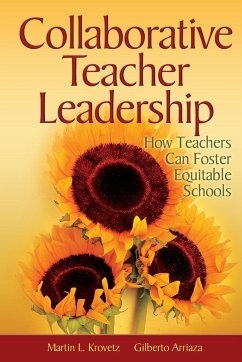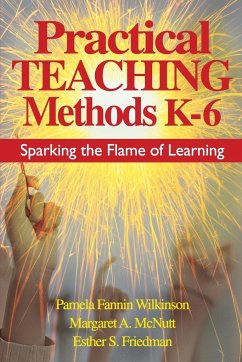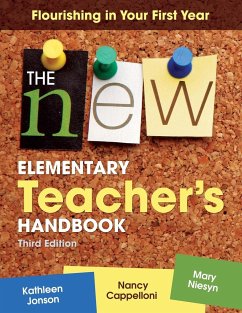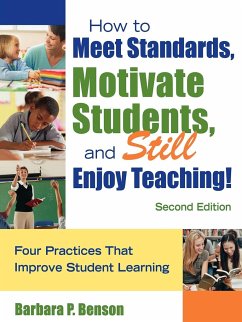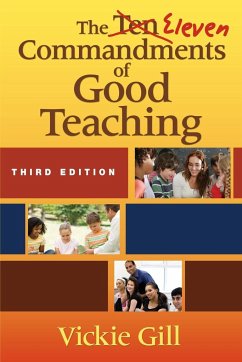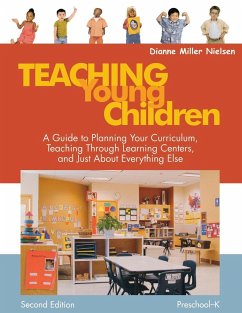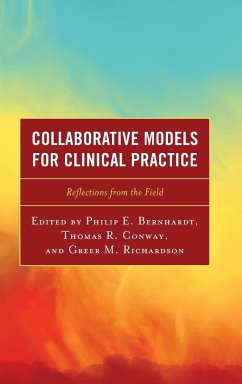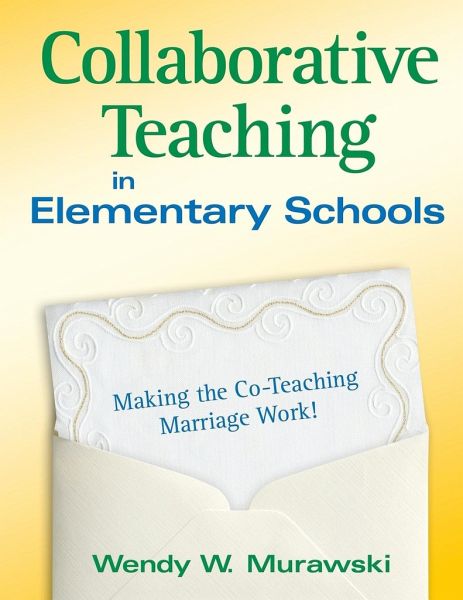
Wendy W. Murawski
Broschiertes Buch
Collaborative Teaching in Elementary Schools
Making the Co-Teaching Marriage Work!
Versandkostenfrei!
Versandfertig in 1-2 Wochen

PAYBACK Punkte
20 °P sammeln!




Say "I do!" to greater learning success for students at all levels! Based on the author’s extensive experience, this lighthearted, highly practical, and teacher-friendly resource uses the metaphor of marriage
Wendy Murawski is an associate professor and graduate coordinator at California State University, Northridge, in the Department of Special Education. She is an experienced co-teacher (for K-12 and university, general and special education) and an accomplished presenter. She is often requested to work with state departments, districts, and schools; present keynote addresses at conferences; and provide training seminars. Murawski has won prestigious awards including the Dissertation Award from the Division of Learning Disabilities and a Publication Award from the Division of Research for the Council for Exceptional Children, and she was the 2004 California Teacher Educator of the Year. Murawski's research in the area of co-teaching has been widely disseminated through her numerous publications. Murawski is the author of Co-Teaching in the Inclusive Classroom: Working Together to Help ALL Your Students Find Success, an extensive resource handbook on co-teaching, as well as the co-creator of the CTSS (Co-Teach Solutions System) software. Her educational consulting company, 2 TEACH LLC, was created to provide professional development specifically in the areas of inclusive education, collaboration, and co-teaching. Murawski is a dynamic speaker who utilizes humor, personal experience, and research-based methods in her seminars while keeping them in the context of practical, ready-to-use strategies for general and special educators to implement in their inclusive classrooms. Murawski holds a master's degree in special education, an EdS in educational administration, and a PhD in special education with an emphasis in research, collaboration, and co-teaching.
Produktdetails
- Verlag: Corwin
- Seitenzahl: 296
- Erscheinungstermin: 7. Dezember 2009
- Englisch
- Abmessung: 280mm x 216mm x 16mm
- Gewicht: 751g
- ISBN-13: 9781412968096
- ISBN-10: 1412968097
- Artikelnr.: 27173552
Herstellerkennzeichnung
Libri GmbH
Europaallee 1
36244 Bad Hersfeld
gpsr@libri.de
Für dieses Produkt wurde noch keine Bewertung abgegeben. Wir würden uns sehr freuen, wenn du die erste Bewertung schreibst!
Eine Bewertung schreiben
Eine Bewertung schreiben
Andere Kunden interessierten sich für




